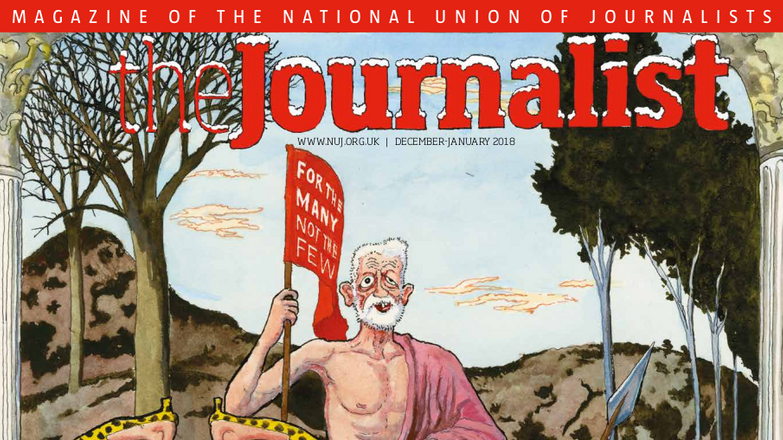Why we can’t afford to ignore the young
Young people are not as they are portrayed.
by Mickey Carroll, content editor for the Economist Educational Foundation.
We've voted every year for the past four years. Every time a vote is announced, it is the same story. We scramble to think of interesting ways to cover the campaign and inevitably end up at the local school. We shoot vox pops of surprisingly engaged children holding mock elections.
We ask 10-year-olds with toothy grins whether they prefer Labour or the Conservatives. We write pithy lines about how we wish the rest of the country was like these young people, taking an interest in politics and getting involved. Then we don't talk to another child again, or at least until the next vote comes along.
Young people are on the frontline of political decisions. They bear the brunt of education cuts, anti-terror initiatives, changes to online privacy laws. They are a big part of our political landscape but when was the last time you interviewed a young person?
Right now, there are 14 million under-18s in the UK. In four years' time, 1.5 million of them will be able to vote. That is 1.5 million people who are unknowns. We have no idea which party they could support or even which side of the political spectrum they sit on. We can't rely on them voting like their parents anymore – young people are developing their political personas online, away from the dinner table.
They tend to support online movements and single issues, rather than politicians and political parties. If we ignore young people's opinions, we're not going to know what is coming at the next election… again. The mainstream media has been caught out at every vote recently. Don't be surprised again.
Ignoring them means we don't get their perspective or know which way they lean, but it also means we're out of touch. We don't understand what young people are like today. A Demos report said the most common attributes secondary school teachers used when talking about young people were 'caring', 'enthusiastic' and 'hard-working'. The words most commonly associated in the media were 'binge-drinking', 'yobs', and 'crime'.
There is such a clear disparity between how young people are, and how the media represents them. And, the worst thing is, young people have noticed. 84 per cent of them feel misrepresented by the media and that leads to over half of them not engaging in their community. We have to take responsibility for the fact we're ignoring a section of society and it is harming them.
We're also doing ourselves out of a job by misrepresenting young people. We all know the state of the industry; people are being laid off as circulation figures decline, newsrooms are turning to user-generated content to cut costs and headlines are only as good as the shares they get on Twitter. It makes no sense to alienate the people your job will soon rely on.
Why would a student share or like a story if they don't see how it is relevant to them? Why would a teenager be a loyal reader if the only time you talk about their age-group is to call them smart-phone zombies? The industry is in a rocky position and we can't afford to ignore the people who will keep us going.
Luckily, this is all easy to change. Talking to young people can seem daunting. Where do you find them, how do you get permission, will they even know what you're talking about? But there are people who will help. I work for The Economist Educational Foundation and I want you to talk to our young people. Ask if we can put you in touch with the right young person. Talk to Headliners, to Shoutout UK. Talk to London Youth or #IWill who all want the young to be better represented.
So next time you're writing a story, think of the under-18s who could be affected. Our industry and their futures rely on it.
This article originally appeared in the Journalist:

The Journalist December 2017 January 2018
It’s that time of the year again to look back, take stock and look forward.
